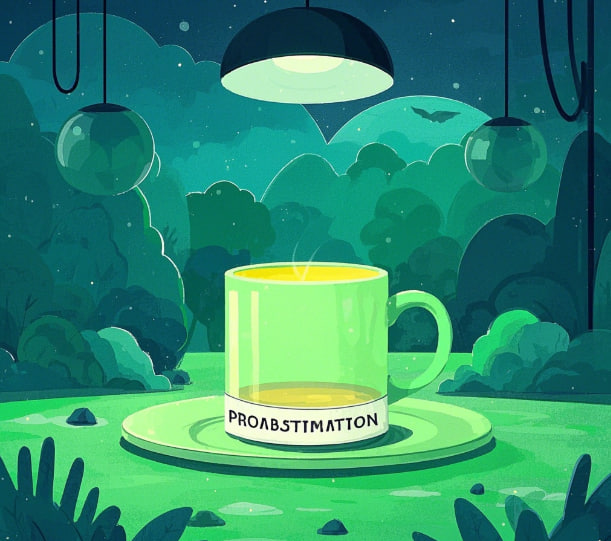Procrastination is a problem that many people face. Not only does it affect work efficiency, it can also lead to anxiety and self-blame. So, how can we really reduce procrastination and improve motivation? This article will share two core methods to help you take the first step more easily.
1. Increase motivation: make goals more attractive
Procrastination usually occurs because we find it difficult to get immediate positive feedback, and sometimes even encounter negative feedback. For example, you plan to write an article at the weekend, but once you start, you find that you have no ideas and what you write is not satisfactory. This sense of failure makes you lose interest in the task, which ultimately leads to procrastination.
How can you increase motivation?
When faced with a task, you may as well ask yourself two key questions:

Once you have identified these two issues, your motivation will become clearer. Next, further amplify your motivation.
Make the goal “concrete”
Imagining a beautiful scene after the goal is achieved can effectively stimulate motivation.
For example, students preparing for postgraduate entrance exams will print out photos of the target university and look at them every day; athletes will imagine themselves winning the competition before the competition. This kind of mental suggestion can strengthen one’s beliefs and motivate action.
Psychologist Li Songwei once proposed the theory of “tomorrow’s confusion”: when you are full of uncertainty about the future, it is easy to procrastinate. But if you can clearly picture success in your mind, you can reduce procrastination.
For example:
The more specific you can be about your goals, the more motivated you will be.
2. Reduce resistance: make action easier
In addition to a lack of motivation, another major cause of procrastination is too much resistance. The following three methods can help you reduce the resistance to action.
1. Accept procrastination and don’t blame yourself
Many people will fall into self-blame after procrastinating, thinking that they are too lazy and lack perseverance. However, labelling yourself negatively will only exacerbate procrastination.
The right approach is:
Changing procrastination is not about “willpower” overcoming yourself, but about optimizing strategies to make it easier to take action.
2. Identify and eliminate negative preconceptions
We often procrastinate because we are afraid of failure, for example:
These negative assumptions can lead us to believe that ’as long as we don’t do it, we can’t fail”, which in turn leads to further procrastination.
Solution:
Action itself is not painful, what really hurts is constant hesitation and speculation.
3. Use the ‘micro-start’ strategy
“Everything is difficult at the beginning.” Often, the reason we procrastinate is because the threshold is too high at the beginning. If you lower the threshold, it will be easier to take action.
Micro-start strategy:
Why is micro-starting effective?
For example:
These small “starting actions” get the brain going, and the subsequent actions will go more smoothly.
Conclusion: Make peace with procrastination and make things easier
Procrastination often stems from emotional problems such as anxiety, fear of failure, and fear of uncertainty about the future. Therefore, instead of forcing yourself to “overcome” procrastination, you should learn to make peace with it.
How?
The most important thing is:
Act when you should, rest when you should, and don’t exhaust yourself through procrastination.

